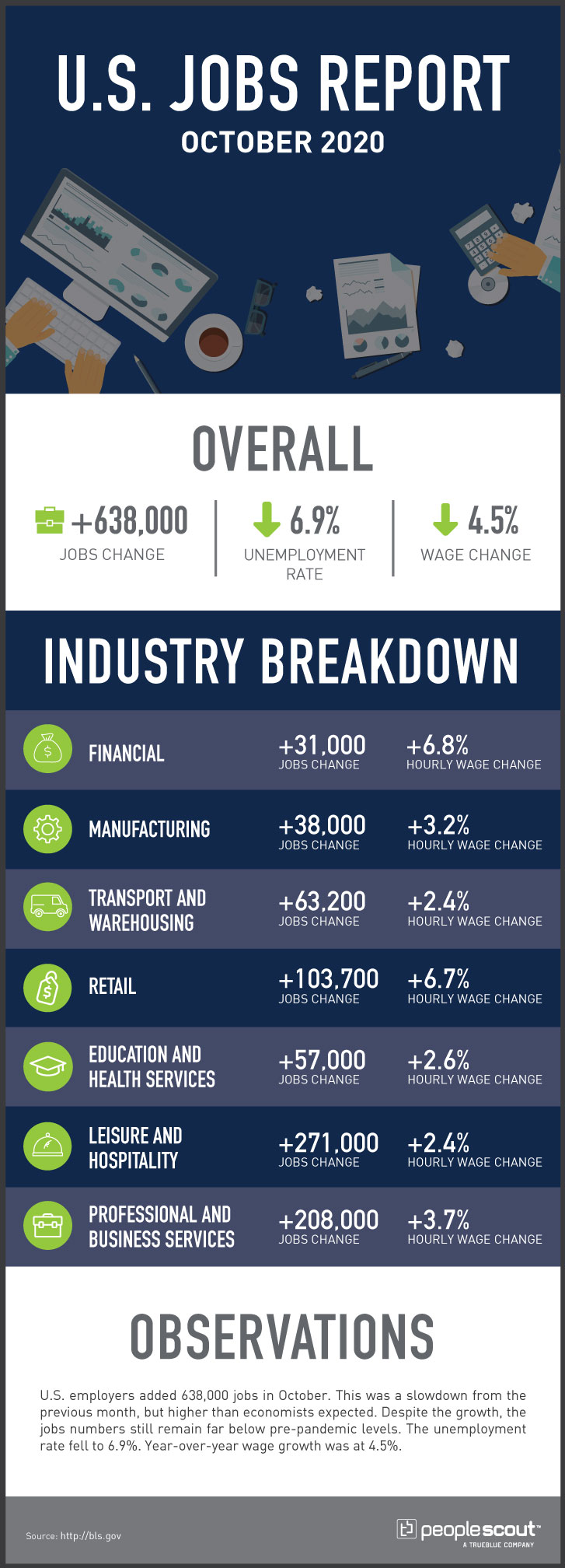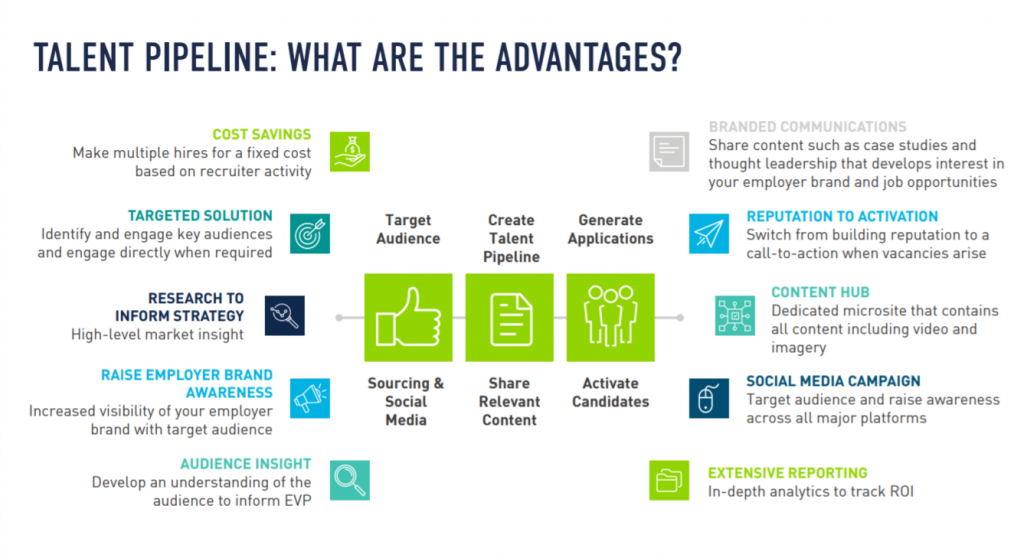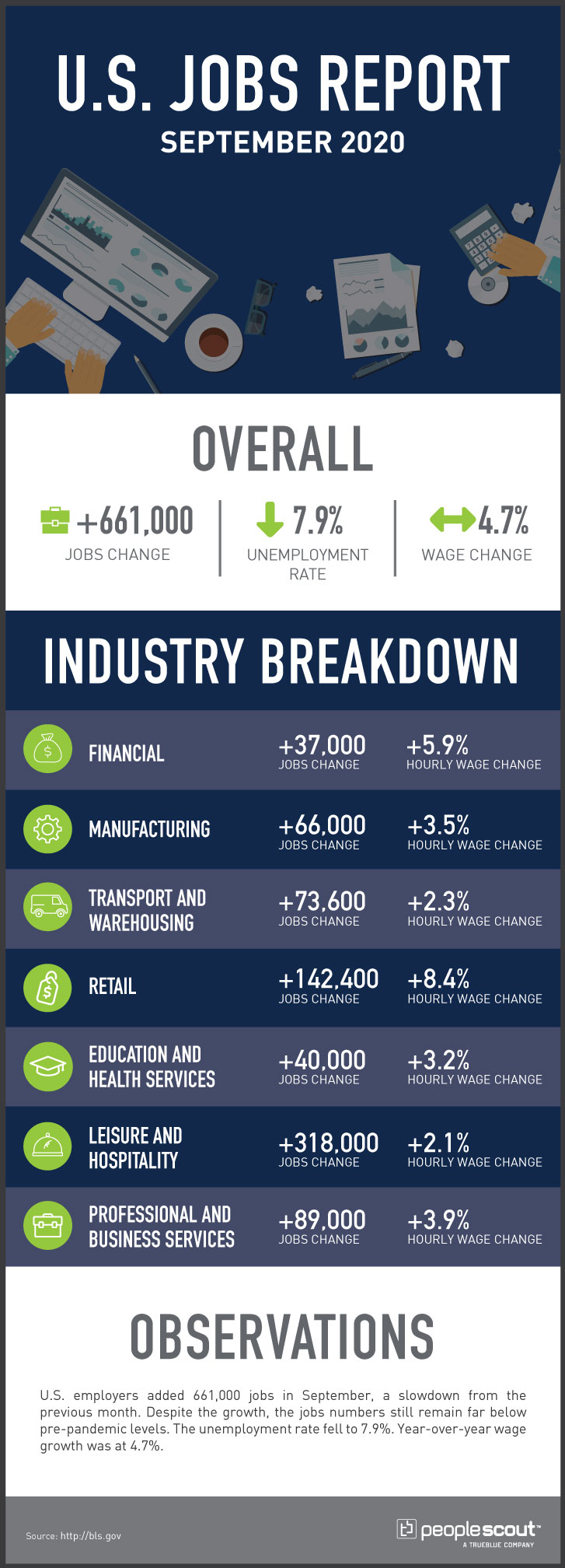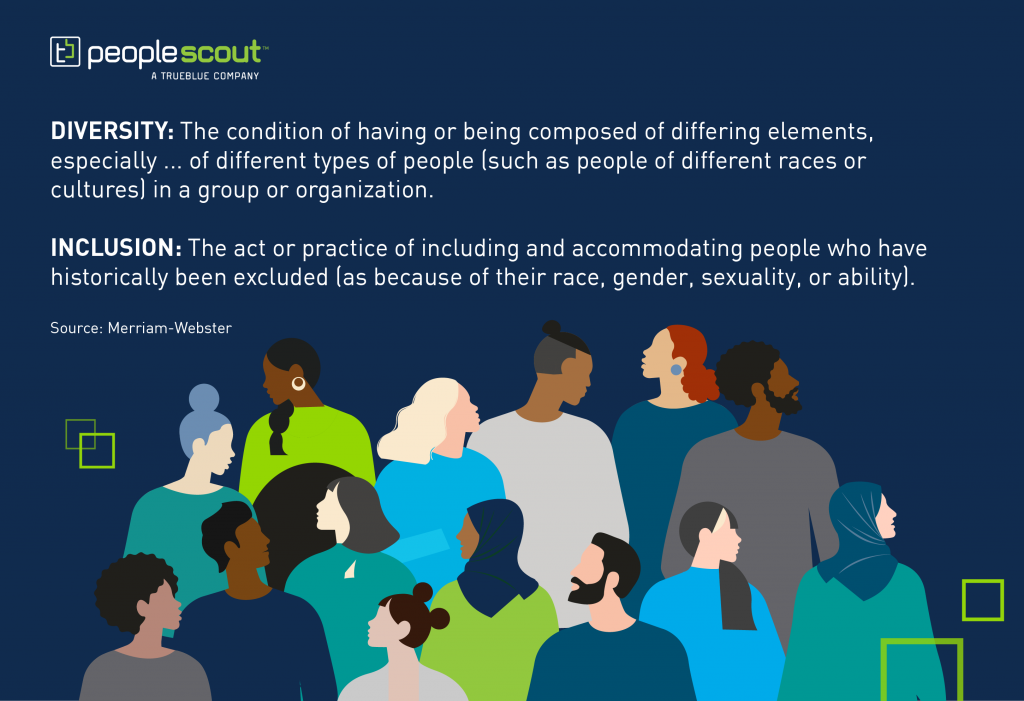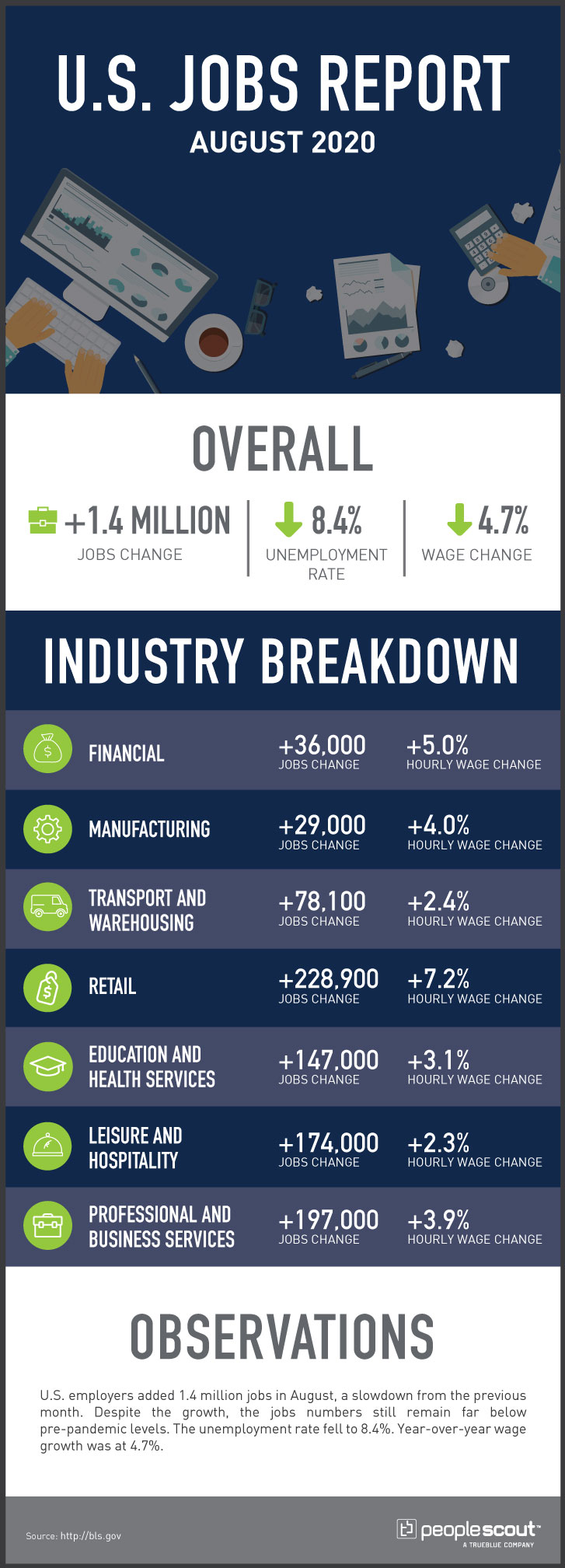Diversity, equity and inclusion have long been a key point of discussion in many organizations’ human resources departments. While the topic has always been top of mind, events in 2020 have shined new light and emphasis on the importance of social justice, anti-discrimination and diversity and inclusion.
Why is Inclusion Important?
However, according to a PricewaterhouseCoopers Global Diversity & Inclusion Survey, two-thirds of respondents indicated their organizations have not adopted practices to reduce unconscious biases and other barriers to inclusion. Moreover, even among organizations that have adopted such practices, employees are not likely to be aware of the efforts. This illustrates the importance of inclusion in the workplace for candidates.
Creating employee resource groups (ERGs) is an approach you can use to build a more inclusive environment and addresses diversity and inclusion in a more holistic, community-based way. Employee resource groups, also known as affinity groups, have emerged in the workplace as a standard component of diversity and inclusion initiatives. In fact. according to a report from Bentley University, nearly 90% of all Fortune 500 companies have ERGs.
For many organizations, the benefits of employee resource groups have evolved from the primary intent — to provide a forum in which members of an organization who share common interests, issues, or concerns meet to address those issues — to multifaceted benefits that impact an organization’s strategic diversity and inclusion efforts in recruitment, retention, mentoring, leadership development, marketing, customer relations and return on investment.
What is an Employee Resource Group?
The first employee resource groups were initially workplace affinity groups created in response to racial strife of the civil rights era. Joseph Wilson, the former CEO of Xerox, developed the concept following race riots in Rochester, NY in 1964. Wilson and his African-American employees designed and launched the National Black Employees Caucus in 1970 to address racial tension and the issue of workplace discrimination.
Modern ERG programs are the enduring legacy of Mr. Wilson and his colleagues’ courageous efforts. In its most basic form, an ERG is an employee identity or experience-based group that helps employees within an organization build community and share a common cause.
ERGs are generally based on building or strengthening community, providing support and contributing to personal and professional development in the workplace. Most ERGs are volunteer based, though some companies support organizers with a percentage of paid time off or other recognition, including leadership development opportunities.
What is the Purpose of an ERG Program?
While each ERG must define its purpose and goal, common ERG drivers are:
- An ERG program creates an open forum for employees who share a common identity to meet and support one another in building their community and sense of belonging.
- ERG programs empower these groups by offering them financial support, organizational support and access to decision-makers.
- ERG programs facilitate a clear line of communication from ERGs to leadership to voice concerns and solve problems.
- ERGs provide a resource for leadership regarding employee and community issues, needs and policies.
- ERG programs seek to advance a respectful and inclusive company culture and reinforce the importance of inclusion.
What Does an ERG Look Like?
ERGs come in a variety of forms, with some of the more popular ones taking the shape of:
- Diversity groups that foster a sense of belonging among employees that belong to a minority group in the organization
- Volunteer programs where employees can support charities and other volunteer initiatives
- Affinity clubs where employees with similar interests get an opportunity to socialize
- Professional development groups that provide employees the opportunity to share knowledge with their peers from other departments
The Value of Employee Resource Groups and Why is Inclusion Important
ERGs deliver value to organizations and their workforces in multiple ways. They build a sense of community and belonging for employees by connecting people in a social and professional way and encouraging interaction between employees.
What’s more, according to a report from the Society for Human Resource Management, 90% of companies examined said ERGs helped make new hires more comfortable during the onboarding process, and 70% of organizations relied on ERGs to build a workforce to reflect the demographics of their customer base.
ERGs empower employees by giving each group a collective voice to speak with decision-makers and management. Groups are also empowered to assemble and voice concerns as a community. ERGs support learning and development by offering formal and informal leadership opportunities and creating visibility for employees who are active.
ERGs also provide a resource for leadership and decision-makers regarding staff/community issues, needs and policies. And ERGs offer to the company their expertise and experiences to improve equality and equity. They can also be an asset in business decisions to make better, more inclusive products and services.
Lastly, ERGs can also support retention because employees are likely to stay with the company longer if they have built or are part of a strong community within the company and feel heard again, this is why why is inclusion important.
Creating an Employee Resource Group
If you or other employees within your organization would like to start an ERG, it can be difficult to know where to start. Below, we outline the steps to get your ERG off the ground.
Align Your ERG with your Organization’s Broader Objectives
For your ERG to be successful, your purpose should be tied to your organization’s overall mission and values. Is your organization focused on giving back to your community? Or is your goal to build a more diverse workforce?
Choose a topic around diversity and inclusion for your employee resource group that aligns with overall company goals. Think about writing a mission statement for your ERG that touches on your organization’s core values. Showing how your ERG advances the overall organizational strategy will help earn support from other areas of the organization.
Secure Executive Support
Executive support for your ERG is essential for continued success. To gain buy-in, find executive or C-suite sponsors who are personally committed to diversity and inclusion or social impact initiatives. Executives are busy and oftentimes metrics focused, so it may be helpful to come with talking points and data that showcase how an ERG will make a positive impact on your organization.
Make sure HR leaders are invested as well, as you will need their support to share ERGs during the new hire onboarding process and in promotional materials for the ERG.
Building Your ERG Team
Before launching the ERG, establish a communication plan and identify benchmarks for success, including long-term goals and potential challenges. Recruit colleagues willing to take on a leadership role, such as committing to a monthly meeting or making time to plan and execute events.
Then, find other like-minded coworkers who are passionate about supporting your ERG. It’s just as important to have members who are willing to participate and spread the word as it is to have leaders and planners.
Deploying Your ERG Program
A strong communications plan is a major component of an employee resource group’s success strategy. You can begin by creating a simple presentation that outlines the ERG’s goals, events and ideas for participation. You can leverage your organization’s marketing team to use your organization’s brand standards to create a logo for the ERG that ties it directly to the organization. This is an effective way to clearly communicate that your ERG is supported by leadership and is an important initiative.
Equipped with your members and materials, generate excitement for the ERG by hosting a company event. Throwing a happy hour — virtually now, because of COVID-19 — is a great way to introduce your ERG’s mission, lay out future events and recruit attendees to grow your group’s core membership.
How Your Organization Can Support Your Employee Resource Group
Your organization can support your employee resource groups in a variety of ways. Your ERG may receive budget and organizational support. However, your organization should not dictate which groups should form, who should join each group or what impact the groups should have. That should be a decision of the group, but it’s important for the organization to provide tools to work towards and measure that success.
This could include charter documentation, purpose workshop, road-mapping templates and exercises, budget tracking tools, support in setting and tracking OKRs, a platform for communication with their group and potential members, visibility within the organization and meetings with senior leadership.
Conclusion
A sense of belonging and inclusion in the workplace is important in order to empower employees and help them bring their whole self to work. Building a strong network or community is a very important step in creating this sense of belonging.
In order to truly empower and support ERGs, it’s important to give the employee resource groups the autonomy to define the scope of their group, to define membership eligibility and most importantly, to define what success means to them.
